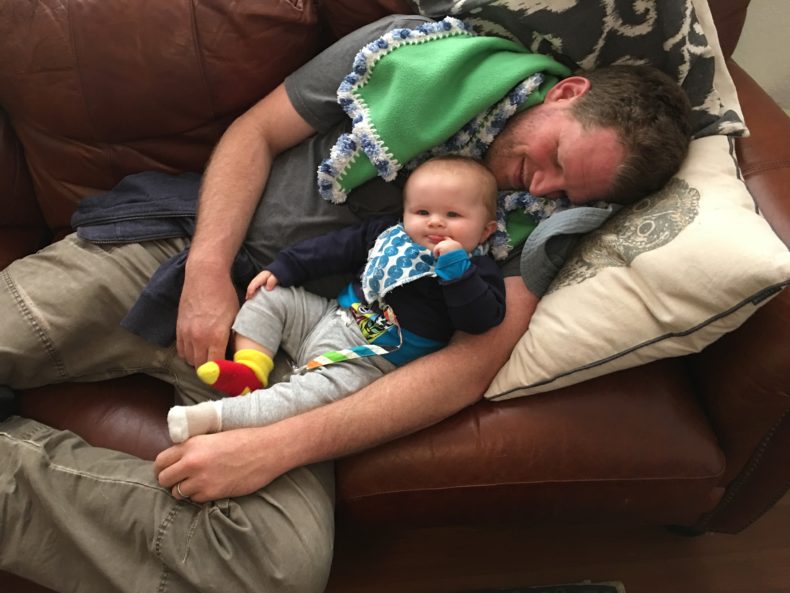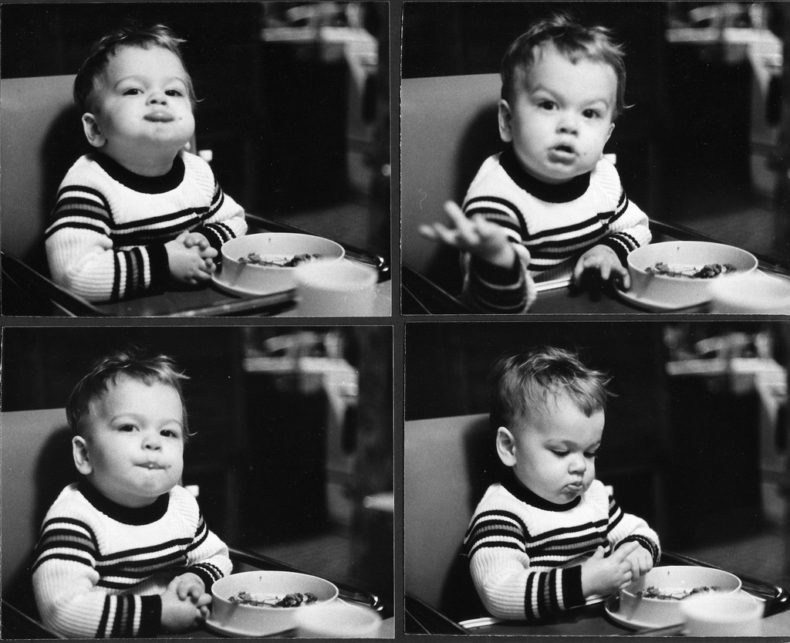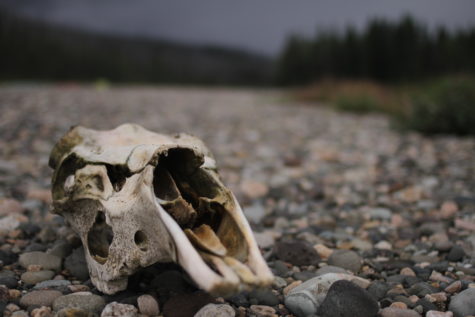
August 29 – September 2, 2016
Journeys bookend this week, while the middle was filled with grief and change, which are journeys of their own.
On Monday, Sarah takes us to the rivers of British Columbia and the mysteries that bubble around and through them. It was as if the country itself murmured just beyond the edge of hearing, moved just beyond the edge of vision, watched us even as we watched it slip past along cobbly banks.
Next, Rose breaks down the four stages of Twitter grief, from praise to criticism to finger-wagging to the inevitable wave of think pieces about the nature of remembrance…Then, because it’s Twitter, all hell officially breaks loose, and the fights truly begin. And then in a few days we just start the whole thing over again.
Michelle documents the slow process of designating a new geological time interval, and what this means for those of us living in it. When and if the International Commission on Stratigraphy decides to add the starting point of the Anthropocene to the planetary time scale, it may start to look less like a metaphor for tragedy or triumph and more like the beginning of every other geological interval: a time of remarkable change.
Craig and his kids drift through New York City after midnight, and find an enigma in a toy airplane. It was, in a sense, the purpose of our trip. We were looking for mysteries, for wrinkles in the city, needles in haystacks.
And I wrap up the week with a post about how to optimize a road trip. What I’ve learned so far: lower my expectations, pull over when body parts get stuck together.
**
Photo by Sarah Gilman
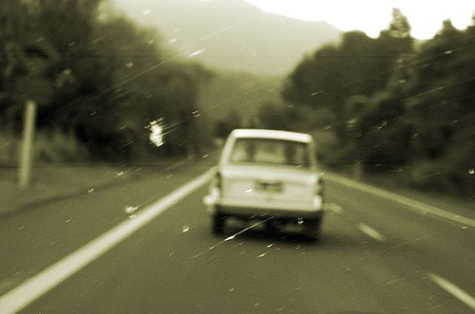 Several times in the last few weeks, I’ve found myself driving Highway 101 from Santa Barbara to Berkeley, a 320-mile route. The trip starts out along the ocean, then dips in and out of oak-dotted hills. Later, the road slices through the Salinas Valley and then into Silicon Valley.
Several times in the last few weeks, I’ve found myself driving Highway 101 from Santa Barbara to Berkeley, a 320-mile route. The trip starts out along the ocean, then dips in and out of oak-dotted hills. Later, the road slices through the Salinas Valley and then into Silicon Valley.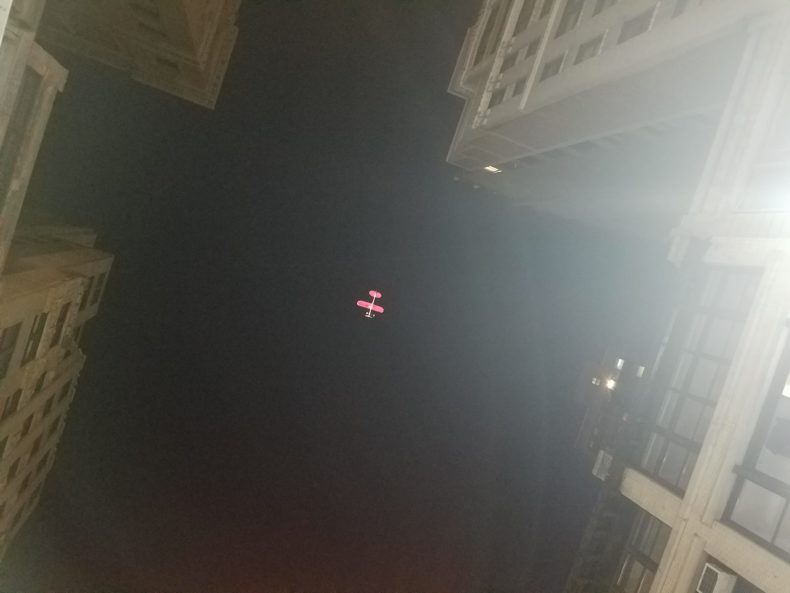
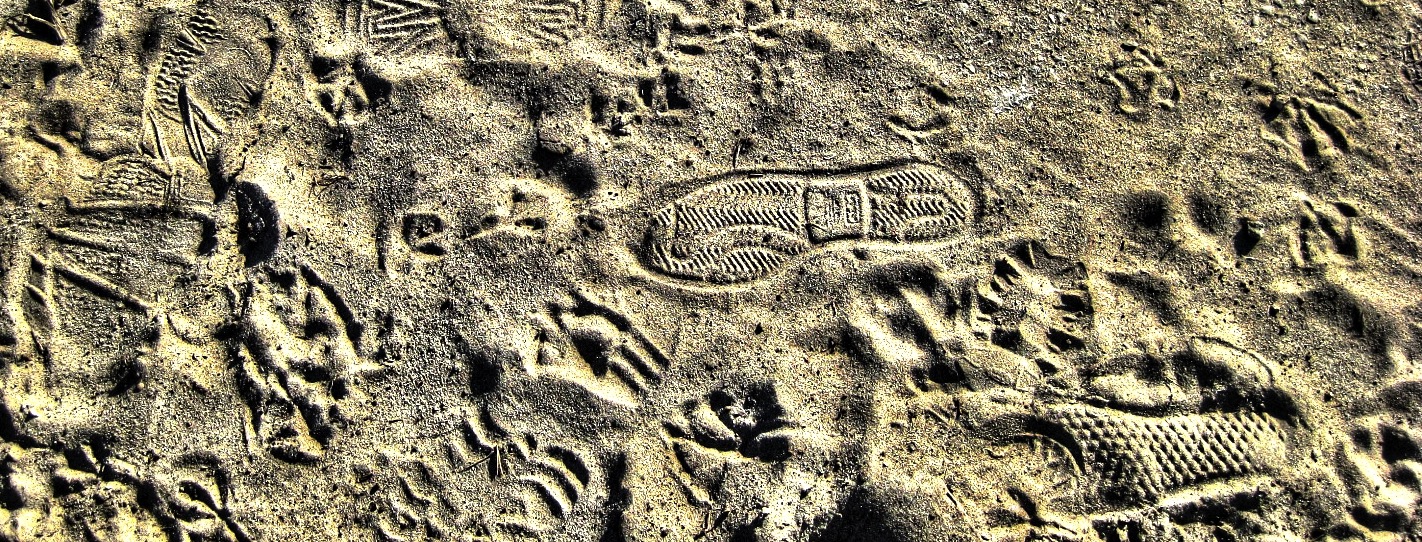
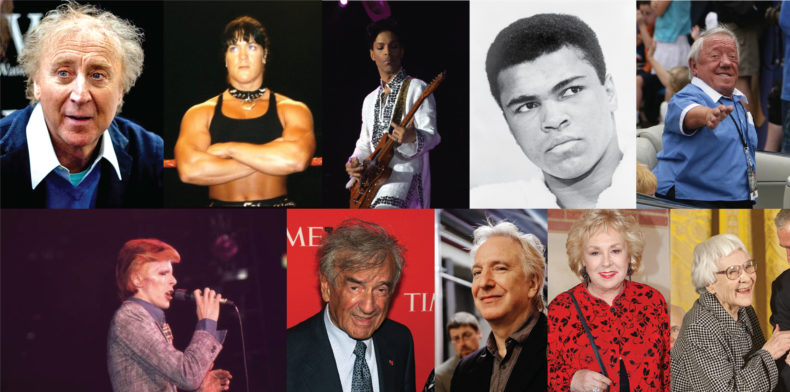
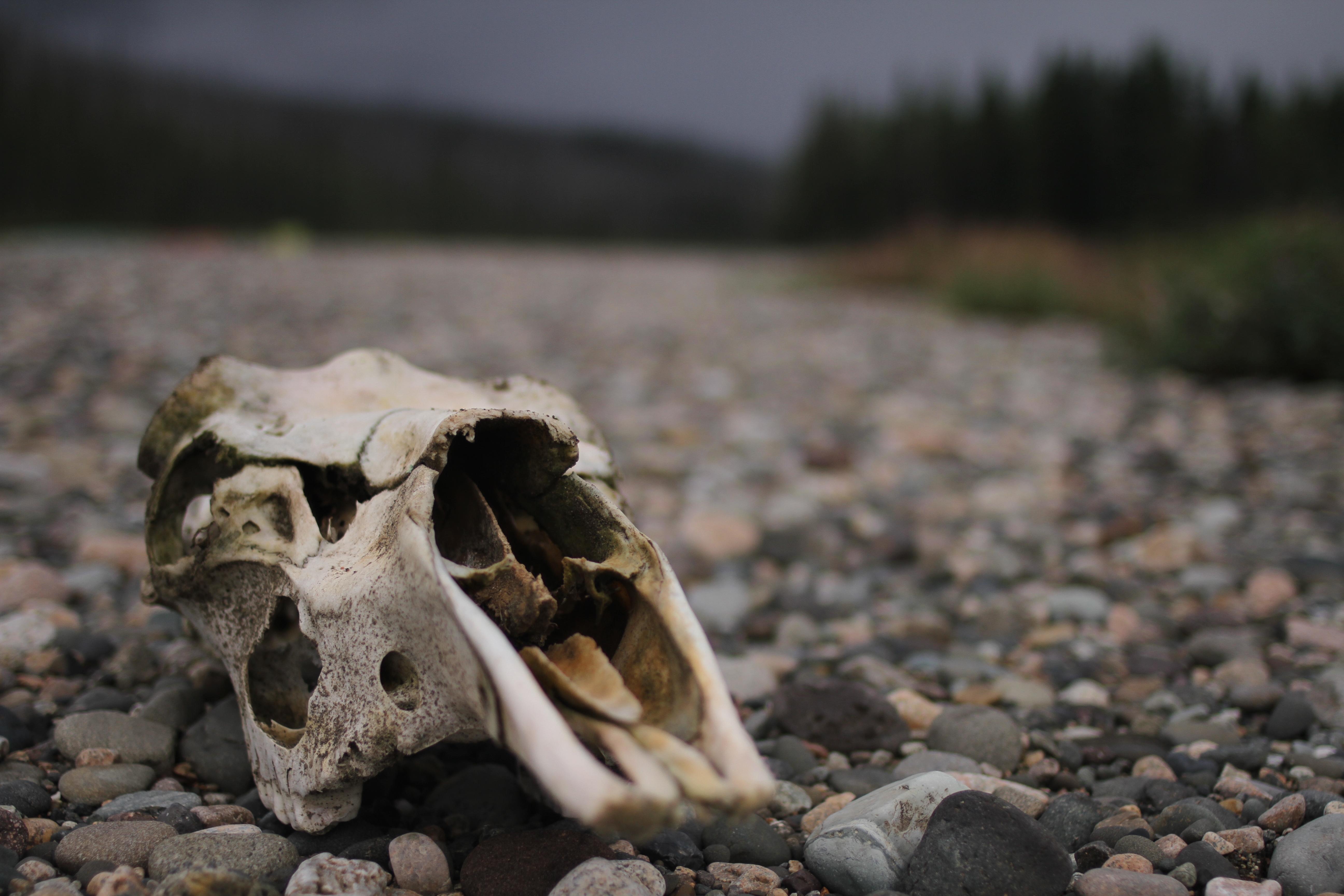 It was a bird of confluences. Nameless, to us. Gray as cloud belly, large as raptor, with eyes streaked over black as if with a stick of charcoal.
It was a bird of confluences. Nameless, to us. Gray as cloud belly, large as raptor, with eyes streaked over black as if with a stick of charcoal.